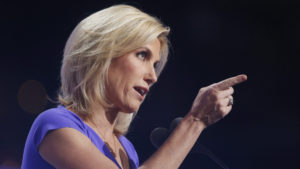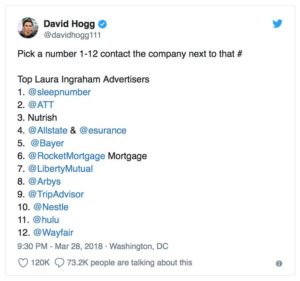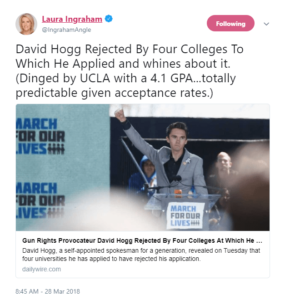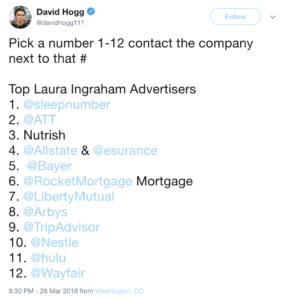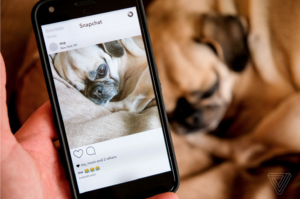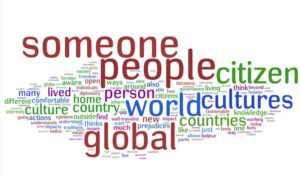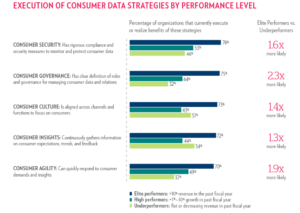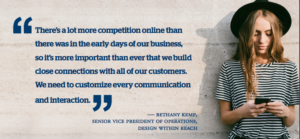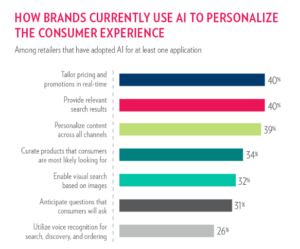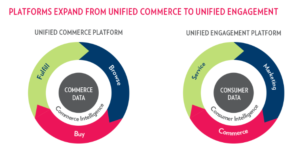
According to a blog post at SingularityHub , Millennials are those born between 1980 and 2000. They range in age between 15 and 35 give or take a few years.
Millennials have grown up in a period of great technological development, and the world is quite different than it was in previous generations like the Baby Boomer generation, but why is it that Millennials and so many others talk so much about being Millennial? I personally do not remember my parents ever (not even once) referring to themselves as a “Baby Boomer” and I do not remember brands directly referring on a daily basis to those they market to as “Baby Boomers.” But, I’d be a Millionaire if I had a dollar for every time a Millennial referred to himself or herself as a Millennial, for every time the phrase, “like, um, our generation” was used in a sentence, or for every time I browsed the Internet for news and saw something on the “Millennial generation.” I understand that not everyone’s experiences are similar to mine, and not every Millennial fits the this mold, but my perspective is that of an instructor of over 350 students per semester. So what’s the deal?
First, Why Do Companies and Brands Talk So Much About Millennials?
Boomers Hiring Employees Need To Understand New Employees: According to SingularityHub , young talent (i.e., Millennials) have different wants and needs when it comes to work. For instance, Millennials care more about training and development, cash bonus incentives, and flexible work hours. On that latter note, “flexible workplace practices” are more possible than ever given new technologies, and Millennials like to be mobile and work in remote locations at their will. If employers want to attract new and emerging talent, they have to be aware and understand what makes Millennials tick.
Brands Marketing Products and Services Need To Understand Markets: The folks at SingularityHub also remind us that given the new digital world we live in, Millennials have additional wants and needs that are quite different than the past. For instance, Millennials expect it “now” and “on demand.” Want a ride, call Uber. Want a book, download it from AMAZON or get it later today with AMAZON Prime. Furthermore, Millennials want to be in control of their marketing messages (they don’t want to be marketed to, they want to be part of the conversation), they want companies to be transparent, and they want brands to stand for something important in the world. This touches the surface. The point: if brands want to connect, they have to understand!
Okay, We’ve Heard All of The Above Before, But This Doesn’t Tell US Why Millennials Talk About Being Millennials?
Millennials Think of Themselves As The “Me” Generation: As previously stated, not all millennials fit the mold, but according to a blog post by Time, Millennials refer to themselves as Millennials because there is nothing more important in the world than Millennials. (I can hear you all getting angry, but don’t kill the messenger, I didn’t say this, Time did, and they have the data). In a study conducted by The National Institutes of Health, 58% more college students were shown to be more narcissistic in 2009 than in 1982. Furthermore, in a study conducted by the National Study of Youth and Religion, Millennials were found to be so guided by their own self greatness that 60% were confident that they would be able to just “feel” their way out of any business or life crisis. Finally, in another study by the National Institutes of Health, 40% of the Millennials polled believe that every two years they should be rewarded with a raise or promotion, regardless of their work and career performance. So given the above information, it is no wonder why Millennials talk about themselves as being Millennials. It’s in their DNA!
Oh, come On, Is This Really Fair? There Has To Be Another Side To This Story: So, Why Do Many Millennials Really Talk About Being Millennial? And do They Really?
Millennials Need to Defend Themselves Against the “Old” People: According to an article by Skift, Millennials do not talk about being Millennials as much as Baby Boomers and Generation Xers do. It’s Baby Boomers and Generation Xers (or as Millennials call them—”old people”) that initiate and perpetuate the conversation about Millennials because Baby Boomers and Generation Xers are tired of being left out of the conversation. The joke is, “the conversation” was started by BBs and Xers in the first place. And the conversations are so stereotypical—-painting all Millennials to be alike. According to the folks at Skift, many Millennials feel that they do not fit the Millennial description and they get rather angry about the “stereotypical box” they are painted into. Skift claims that the average Millennial might even know less about something like technology than Generation Xers or even Baby Boomers think, and it is this and other silly stereotypes that has Millennials on the defense. In other words, any talk done about Millennials by Millennials is really talk to counteract all the negativity that is being perpetuated by other generations. It’s their self-defense mechanisms kicking in to set the record straight. Wait, there’s more.
Millennials Do it Because It’s Their Parents’ Fault: According to an article by Muse, Baby Boomer parents are what’s really at the heart of this Millennial crisis. Baby Boomer parents, in their loving way of course, are the ones who want their children to be educated and to have all of the benefits of life. Boomer parents shower their children with “you can do anything you want in the world—even when you come in third place or don’t place at all—trophies for everyone.” Furthermore, according to Muse, much that’s wrong with the world today can also be blamed on Boomer parents—the economy, diminishing social security benefits, and even the state of politics. Millennials have no other choose than to believe that they can save the planet, albeit it might come off as cocky and overly self assured. I know, I know, I can hear what you Boomers and Xers are thinking: Boo hoo, so are you Millennials really gonna blame it on Mommy and Daddy (who BTW were raised by parents who suffered through something called World-War 1 and 2)? Boy or boy! This can really get deep! Nonetheless, I can still see the Millennials point in this overall argument.
Okay, Okay, So Where Do We Go From Here? Where Should The Conversation Go?
The Multi-generation Should Be Talking About The Multi-generation: According to the folks at Skift, the conversation should not be about how great, but self-centered, or entitled Millennials are; not about how much spending power and in charge, but “old” and out of touch Baby Boomers are; and not about how Generation Xers feel left out of the conversation. Rather the conservation needs to shift to the multi-generational world and workplace we live in today, and how we must “all” work productively and harmoniously together to accomplish some really amazing things in this world. We need to learn to speak each other’s languages and respect each other—from all sides of the fence. Says Skift, we need to learn from each other, and be open-minded. Not just Baby Boomers figuring out Millennials, but Millennials figuring out Baby Boomers and Generation Xers as well. It shouldn’t be an US versus THEM type of situation. This doesn’t mean more articles about how to understand what makes Baby Boomers tick to level the playing field. It means more conversation about how we can all work together in a unified world. Says Skift, we are all different, but we can do great things together as the “multi-generation.”
Bobby Borg

Bobby Borg writes regularly about the entertainment business. He has published five books With Hal Leonard and has written over 1,00o articles for magazines like Music Connection, Billboard, Modern Drummer, and many more. His Website is www.bobbyborg.com

